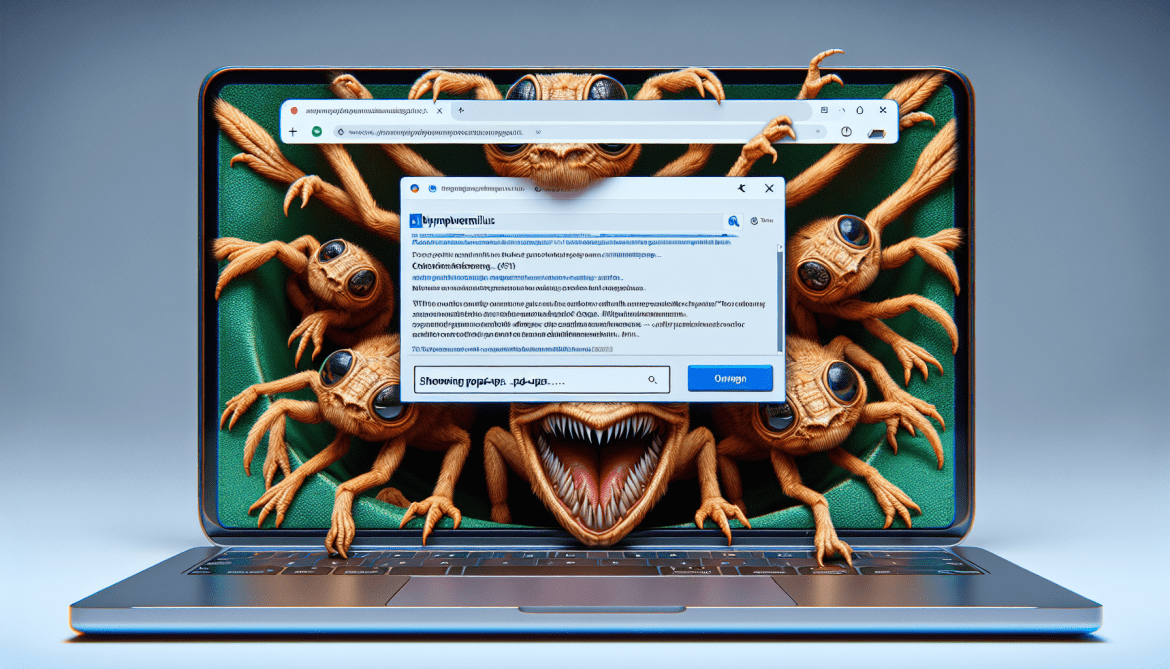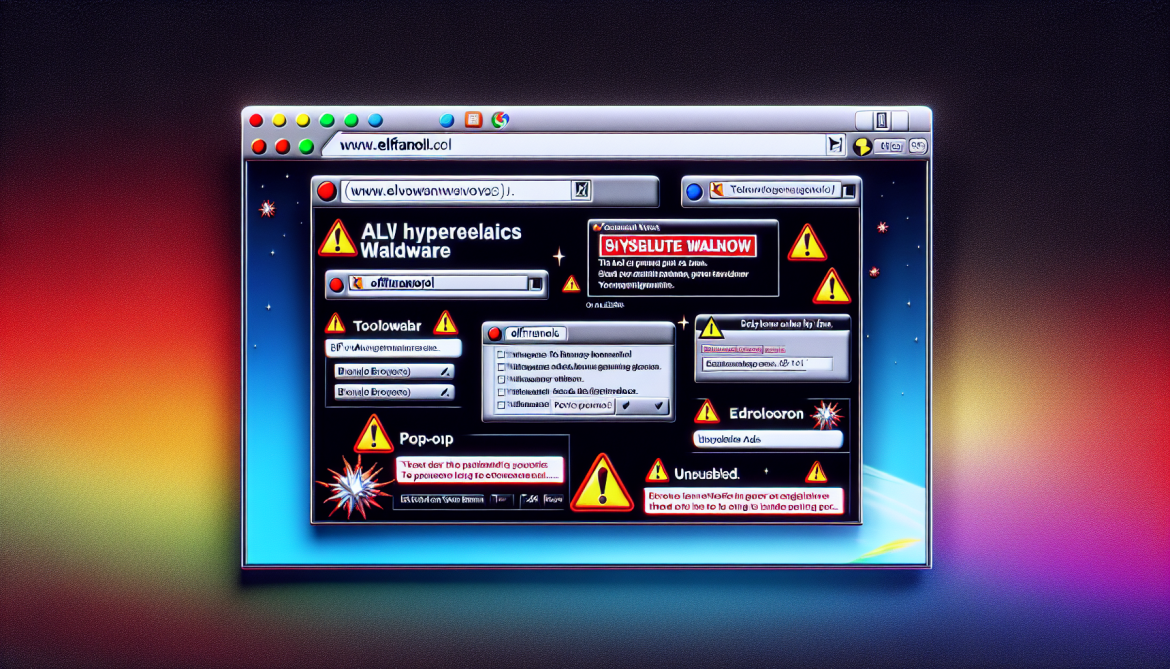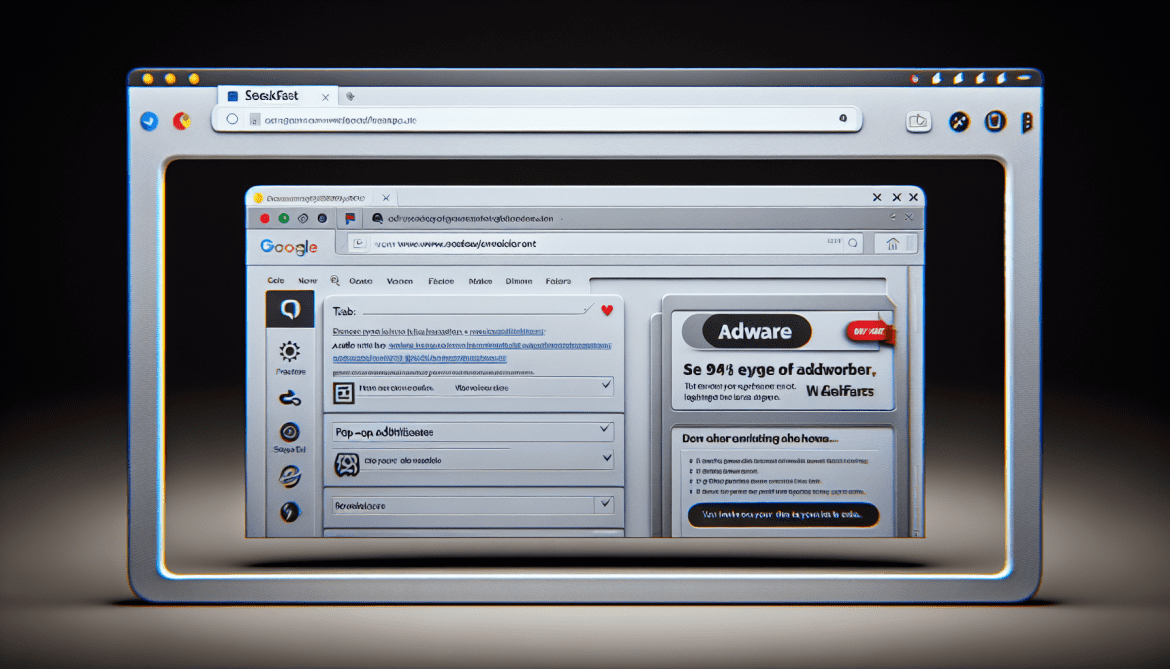MVPN adware is a type of malware that infiltrates computers by displaying intrusive advertisements on the user’s web browser. This adware program is designed to generate revenue for its creators by forcing users to click on these ads, which are often disguised as legitimate content. MVPN adware can also collect sensitive information about the user, such as browsing habits and personal data, in order to target them with more personalized advertisements.
MVPN adware typically infects computers through deceptive methods, such as bundling itself with free software downloads or through malicious email attachments. Once installed, the adware will modify the browser settings to display unwanted pop-up ads and redirect the user to sponsored websites. Additionally, it may also track the user’s online activities to gather data for targeted advertising. To prevent MVPN adware infections, users should be cautious when downloading software from unknown sources and regularly update their antivirus software to detect and remove any potential threats.










